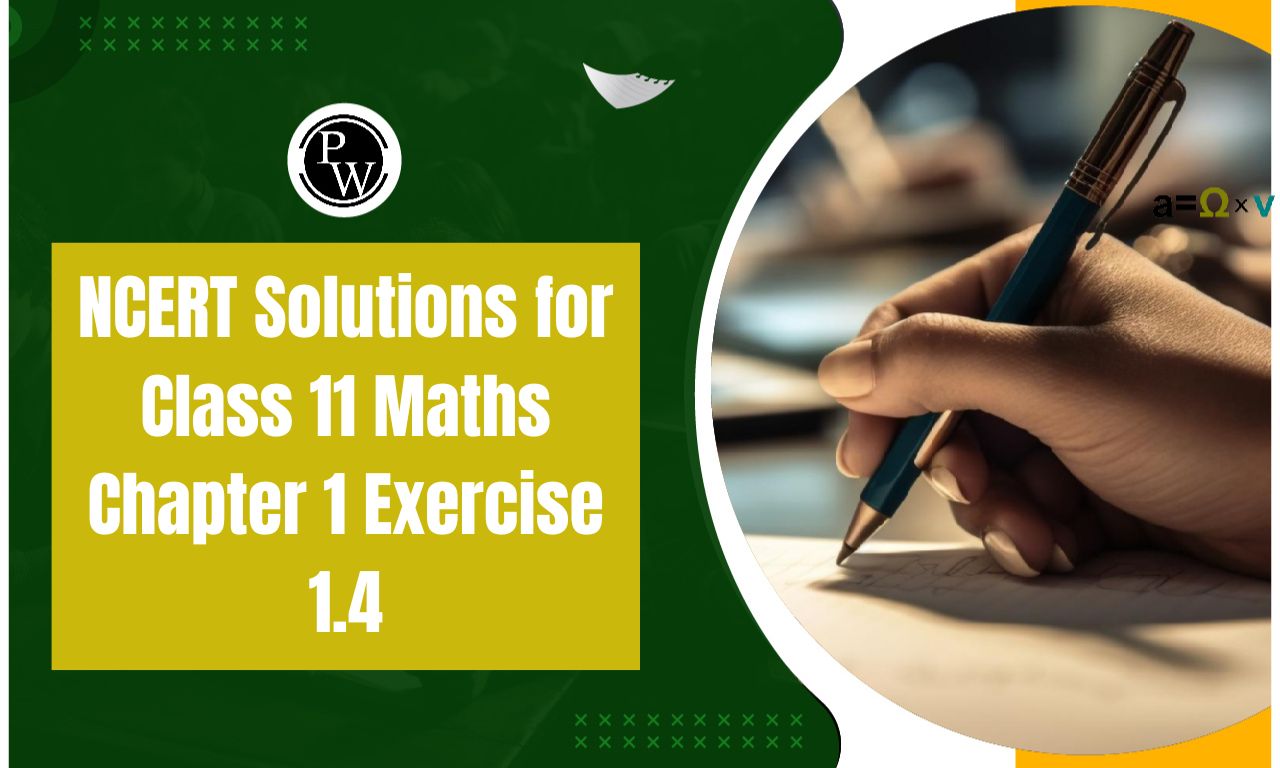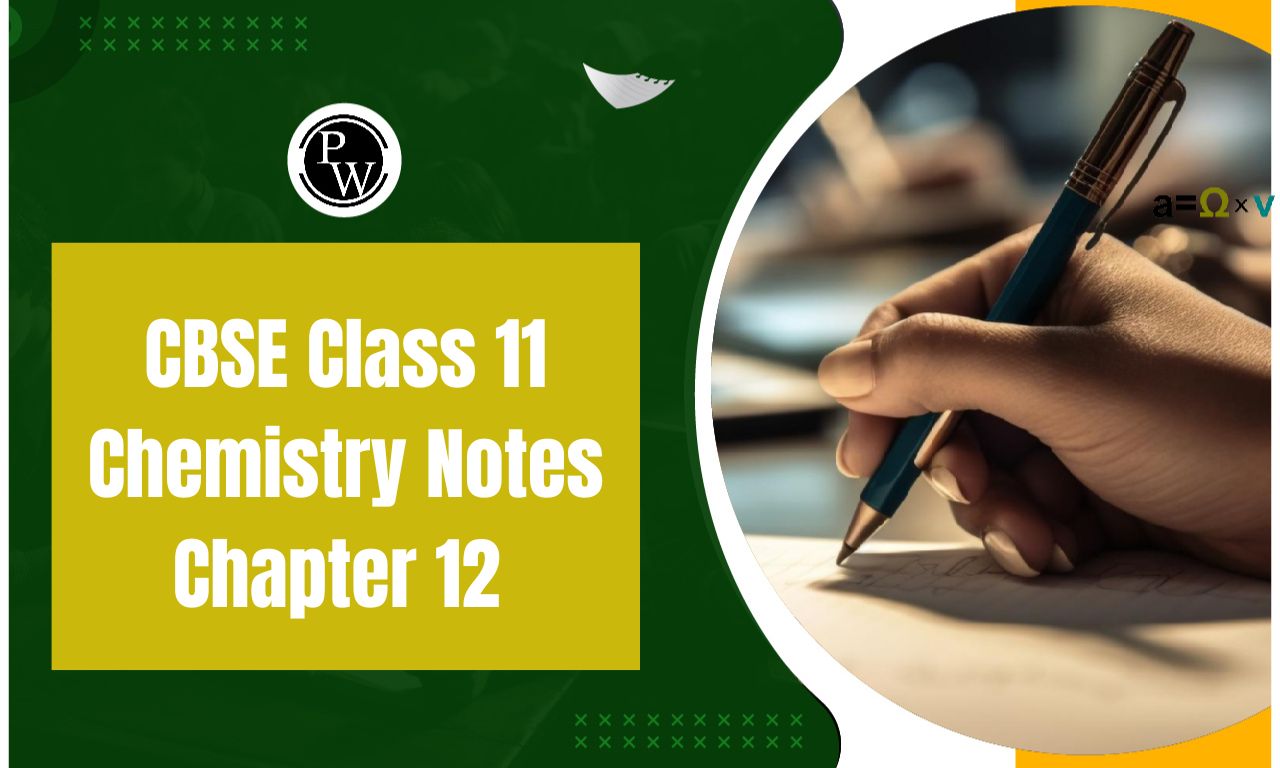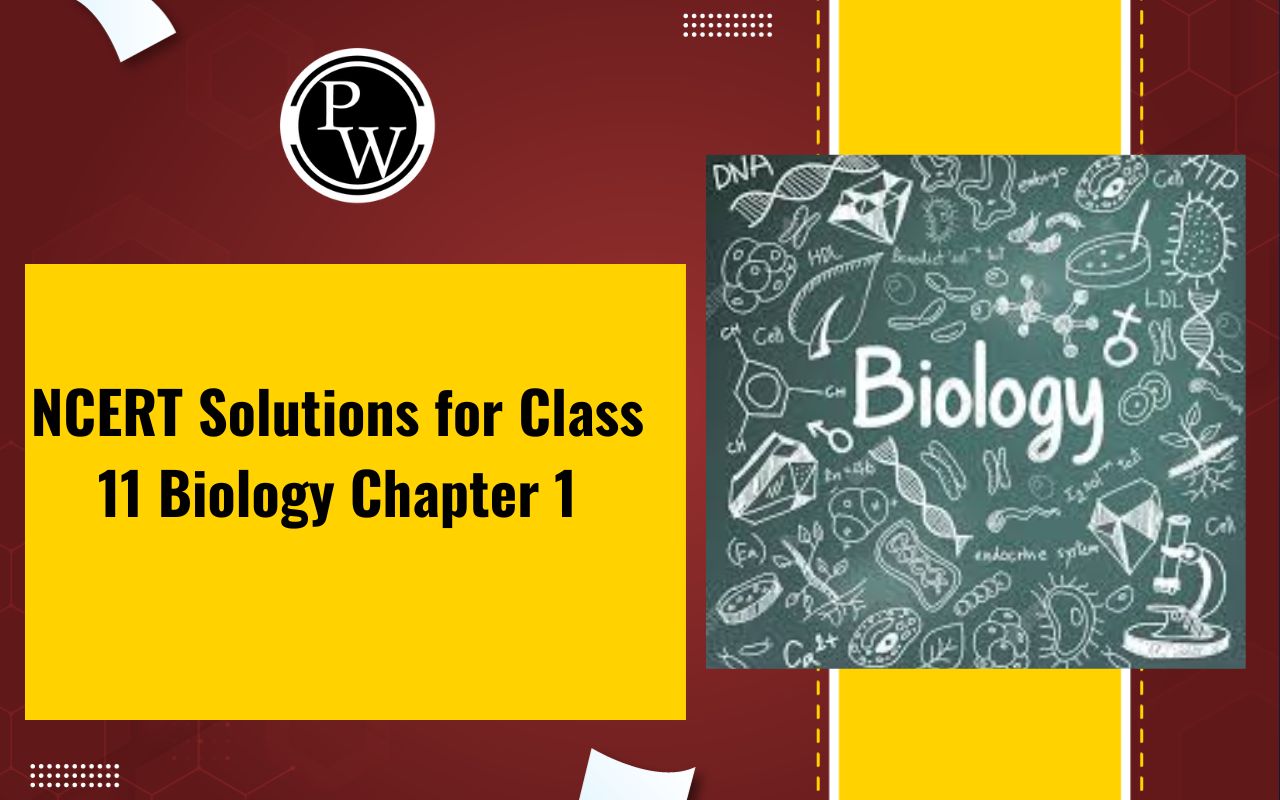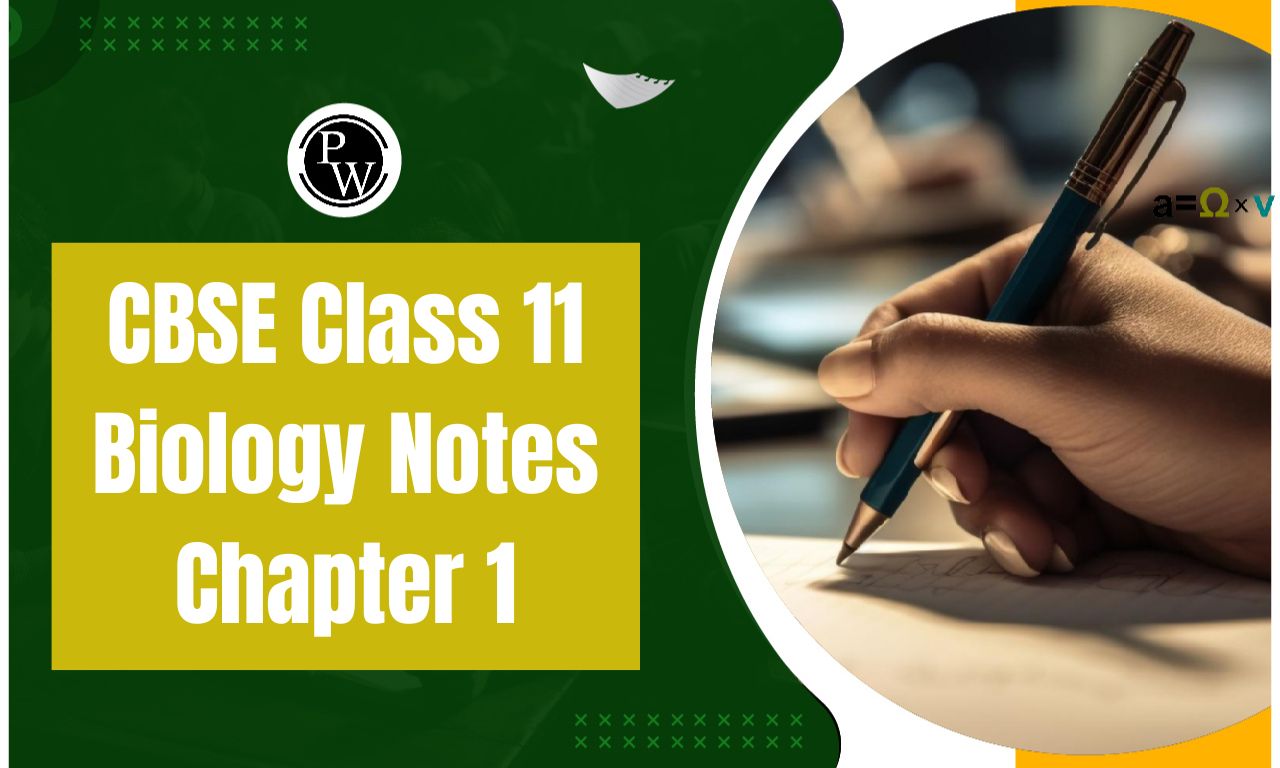

NCERT Solutions for Class 11 Maths Chapter 1 Exercise 1.4: Class 11 Maths Chapter 1, Sets, explores the foundational principles of set theory. Exercise 1.4 focuses on the practical applications of sets in solving real-world problems. It introduces the concept of the Cartesian product of sets, which involves pairing elements from two sets to form ordered pairs.
This exercise also covers set relations and their representation through Cartesian planes. By practicing these problems, students gain a deeper understanding of how sets interact in various contexts. The concepts in Exercise 1.4 are essential for studying advanced topics like relations, functions, and coordinate geometry, forming a critical part of mathematical problem-solving.NCERT Solutions for Class 11 Maths Chapter 1 Exercise 1.4 Overview
NCERT Class 11 Maths Chapter 1, Sets, introduces essential concepts of set theory. Exercise 1.4 focuses on the Cartesian product of sets, which forms the basis for understanding ordered pairs and relations. This concept is crucial for topics like functions, coordinate geometry, and database management. It teaches students to analyze relationships between sets and apply them in real-world scenarios. Understanding the Cartesian product is vital for advanced studies in mathematics, computer science, and data analysis. By mastering these concepts, students develop strong analytical and logical reasoning skills, essential for solving complex problems in academics and practical applications.NCERT Solutions for Class 11 Maths Chapter 1 Exercise 1.4 PDF
Below, we have provided the NCERT Solutions for Class 11 Maths Chapter 1 Exercise 1.4 in PDF format. This resource offers detailed solutions to all questions related to the Cartesian product of sets, helping students grasp key concepts and improve problem-solving skills. The PDF is designed for easy accessibility and effective learning, ensuring a strong foundation in set theory. Download the PDF for a comprehensive understanding of this important topic.NCERT Solutions for Class 11 Maths Chapter 1 Exercise 1.4 PDF
NCERT Solutions for Class 11 Maths Chapter 1 Exercise 1.4 Sets
Below is the NCERT Solutions for Class 11 Maths Chapter 1 Exercise 1.4 Sets -1. Find the union of each of the following pairs of sets:
(i) X = {1, 3, 5} Y = {1, 2, 3}
(ii) A = { a , e , i , o , u } B = { a , b , c }
(iii) A = { x : x is a natural number and multiple of 3}
B = { x : x is a natural number less than 6}
(iv) A = { x : x is a natural number and 1 < x ≤ 6}
B = { x : x is a natural number and 6 < x < 10}
(v) A = {1, 2, 3}, B = Φ
Solution:
(i) X = {1, 3, 5} Y = {1, 2, 3} So the union of the pairs of set can be written as X ∪ Y= {1, 2, 3, 5} (ii) A = { a , e , i , o , u } B = { a , b , c } So the union of the pairs of set can be written as A∪ B = { a , b , c , e , i , o , u } (iii) A = { x : x is a natural number and multiple of 3} = {3, 6, 9 …} B = { x : x is a natural number less than 6} = {1, 2, 3, 4, 5, 6} So the union of the pairs of set can be written as A ∪ B = {1, 2, 4, 5, 3, 6, 9, 12 …} Hence, A ∪ B = { x : x = 1, 2, 4, 5 or a multiple of 3} (iv) A = { x : x is a natural number and 1 < x ≤ 6} = {2, 3, 4, 5, 6} B = { x : x is a natural number and 6 < x < 10} = {7, 8, 9} So the union of the pairs of set can be written as A∪ B = {2, 3, 4, 5, 6, 7, 8, 9} Hence, A∪ B = { x : x ∈ N and 1 < x < 10} (v) A = {1, 2, 3}, B = Φ So the union of the pairs of set can be written as A∪ B = {1, 2, 3}2. Let A = { a , b }, B = { a , b , c }. Is A ⊂ B? What is A ∪ B?
Solution:
It is given that A = { a , b } and B = { a , b , c } Yes, A ⊂ B So the union of the pairs of set can be written as A∪ B = { a , b , c } = B3. If A and B are two sets such that A ⊂ B, then what is A ∪ B?
Solution:
If A and B are two sets such that A ⊂ B, then A ∪ B = B.4. If A = {1, 2, 3, 4}, B = {3, 4, 5, 6}, C = {5, 6, 7, 8} and D = {7, 8, 9, 10}; find
(i) A ∪ B
(ii) A ∪ C
(iii) B ∪ C
(iv) B ∪ D
(v) A ∪ B ∪ C
(vi) A ∪ B ∪ D
(vii) B ∪ C ∪ D
Solution:
It is given that A = {1, 2, 3, 4], B = {3, 4, 5, 6}, C = {5, 6, 7, 8} and D = {7, 8, 9, 10} (i) A ∪ B = {1, 2, 3, 4, 5, 6} (ii) A ∪ C = {1, 2, 3, 4, 5, 6, 7, 8} (iii) B ∪ C = {3, 4, 5, 6, 7, 8} (iv) B ∪ D = {3, 4, 5, 6, 7, 8, 9, 10} (v) A ∪ B ∪ C = {1, 2, 3, 4, 5, 6, 7, 8} (vi) A ∪ B ∪ D = {1, 2, 3, 4, 5, 6, 7, 8, 9, 10} (vii) B ∪ C ∪ D = {3, 4, 5, 6, 7, 8, 9, 10}5. Find the intersection of each pair of sets:
(i) X = {1, 3, 5} Y = {1, 2, 3}
(ii) A = { a , e , i , o , u } B = { a , b , c }
(iii) A = { x : x is a natural number and multiple of 3}
B = { x : x is a natural number less than 6}
(iv) A = { x : x is a natural number and 1 < x ≤ 6}
B = { x : x is a natural number and 6 < x < 10}
(v) A = {1, 2, 3}, B = Φ
Solution:
(i) X = {1, 3, 5}, Y = {1, 2, 3} So the intersection of the given set can be written as X ∩ Y = {1, 3} (ii) A = { a , e , i , o , u }, B = { a , b , c } So the intersection of the given set can be written as A ∩ B = { a } (iii) A = { x : x is a natural number and multiple of 3} = (3, 6, 9 …} B = { x : x is a natural number less than 6} = {1, 2, 3, 4, 5} So the intersection of the given set can be written as A ∩ B = {3} (iv) A = { x : x is a natural number and 1 < x ≤ 6} = {2, 3, 4, 5, 6} B = { x : x is a natural number and 6 < x < 10} = {7, 8, 9} So the intersection of the given set can be written as A ∩ B = Φ (v) A = {1, 2, 3}, B = Φ So the intersection of the given set can be written as A ∩ B = Φ6. If A = {3, 5, 7, 9, 11}, B = {7, 9, 11, 13}, C = {11, 13, 15} and D = {15, 17}; find
(i) A ∩ B
(ii) B ∩ C
(iii) A ∩ C ∩ D
(iv) A ∩ C
(v) B ∩ D
(vi) A ∩ (B ∪ C)
(vii) A ∩ D
(viii) A ∩ (B ∪ D)
(ix) (A ∩ B) ∩ (B ∪ C)
(x) (A ∪ D) ∩ (B ∪ C)
Solution:
(i) A ∩ B = {7, 9, 11} (ii) B ∩ C = {11, 13} (iii) A ∩ C ∩ D = {A ∩ C} ∩ D = {11} ∩ {15, 17} = Φ (iv) A ∩ C = {11} (v) B ∩ D = Φ (vi) A ∩ (B ∪ C) = (A ∩ B) ∪ (A ∩ C) = {7, 9, 11} ∪ {11} = {7, 9, 11} (vii) A ∩ D = Φ (viii) A ∩ (B ∪ D) = (A ∩ B) ∪ (A ∩ D) = {7, 9, 11} ∪ Φ = {7, 9, 11} (ix) (A ∩ B) ∩ (B ∪ C) = {7, 9, 11} ∩ {7, 9, 11, 13, 15} = {7, 9, 11} (x) (A ∪ D) ∩ (B ∪ C) = {3, 5, 7, 9, 11, 15, 17) ∩ {7, 9, 11, 13, 15} = {7, 9, 11, 15}7. If A = { x : x is a natural number}, B ={ x : x is an even natural number}
C = { x : x is an odd natural number} and D = { x : x is a prime number}, find
(i) A ∩ B
(ii) A ∩ C
(iii) A ∩ D
(iv) B ∩ C
(v) B ∩ D
(vi) C ∩ D
Solution:
It can be written as A = { x : x is a natural number} = {1, 2, 3, 4, 5 …} B ={ x : x is an even natural number} = {2, 4, 6, 8 …} C = { x : x is an odd natural number} = {1, 3, 5, 7, 9 …} D = { x : x is a prime number} = {2, 3, 5, 7 …} (i) A ∩B = { x : x is a even natural number} = B (ii) A ∩ C = { x : x is an odd natural number} = C (iii) A ∩ D = { x : x is a prime number} = D (iv) B ∩ C = Φ (v) B ∩ D = {2} (vi) C ∩ D = { x : x is odd prime number}8. Which of the following pairs of sets are disjoint?
(i) {1, 2, 3, 4} and { x : x is a natural number and 4 ≤ x ≤ 6}
(ii) { a , e , i , o , u }and { c , d , e , f }
(iii) { x : x is an even integer} and { x: x is an odd integer}
Solution:
(i) {1, 2, 3, 4} { x : x is a natural number and 4 ≤ x ≤ 6 } = {4, 5, 6} So we get {1, 2, 3, 4} ∩ {4, 5, 6} = {4} Hence, this pair of sets is not disjoint. (ii) { a , e , i , o , u } ∩ ( c , d , e , f } = { e } Hence, { a , e , i , o , u } and ( c , d , e , f } are not disjoint. (iii) { x : x is an even integer} ∩ { x : x is an odd integer} = Φ Hence, this pair of sets is disjoint.9. If A = {3, 6, 9, 12, 15, 18, 21}, B = {4, 8, 12, 16, 20},
C = {2, 4, 6, 8, 10, 12, 14, 16}, D = {5, 10, 15, 20}; find
(i) A – B
(ii) A – C
(iii) A – D
(iv) B – A
(v) C – A
(vi) D – A
(vii) B – C
(viii) B – D
(ix) C – B
(x) D – B
(xi) C – D
(xii) D – C
Solution:
(i) A – B = {3, 6, 9, 15, 18, 21} (ii) A – C = {3, 9, 15, 18, 21} (iii) A – D = {3, 6, 9, 12, 18, 21} (iv) B – A = {4, 8, 16, 20} (v) C – A = {2, 4, 8, 10, 14, 16} (vi) D – A = {5, 10, 20} (vii) B – C = {20} (viii) B – D = {4, 8, 12, 16} (ix) C – B = {2, 6, 10, 14} (x) D – B = {5, 10, 15} (xi) C – D = {2, 4, 6, 8, 12, 14, 16} (xii) D – C = {5, 15, 20}10. If X = { a , b , c , d } and Y = { f , b , d, g }, find
(i) X – Y
(ii) Y – X
(iii) X ∩ Y
Solution:
(i) X – Y = { a , c } (ii) Y – X = { f , g } (iii) X ∩ Y = { b , d }11. If R is the set of real numbers and Q is the set of rational numbers, then what is R – Q?
Solution:
We know that R – Set of real numbers Q – Set of rational numbers Hence, R – Q is a set of irrational numbers.12. State whether each of the following statement is true or false. Justify your answer.
(i) {2, 3, 4, 5} and {3, 6} are disjoint sets.
(ii) { a , e , i , o , u } and { a , b , c , d } are disjoint sets.
(iii) {2, 6, 10, 14} and {3, 7, 11, 15} are disjoint sets.
(iv) {2, 6, 10} and {3, 7, 11} are disjoint sets. Solution:
(i) False If 3 ∈ {2, 3, 4, 5}, 3 ∈ {3, 6} So we get {2, 3, 4, 5} ∩ {3, 6} = {3} (ii) False If a ∈ { a , e , i , o , u }, a ∈ { a , b , c , d } So we get { a , e , i , o , u } ∩ { a , b , c , d } = { a } (iii) True Here {2, 6, 10, 14} ∩ {3, 7, 11, 15} = Φ (iv) True Here {2, 6, 10} ∩ {3, 7, 11} = ΦBenefits of Using NCERT Solutions for Class 11 Maths Chapter 1 Exercise 1.4
Detailed Explanations : Provides step-by-step solutions for Cartesian product problems, simplifying complex concepts.
Concept Clarity : Enhances understanding of ordered pairs, relations, and their real-world applications.
Foundation for Advanced Topics : Builds a strong base for studying relations, functions, and coordinate geometry in higher classes.
Error-Free Learning : Offers accurate solutions to help students minimize errors in calculations.
Time-Saving : Allows quick verification of answers, improving efficiency in learning and revision.
Exam-Oriented : Focuses on problem types commonly asked in exams, aiding effective preparation.
Accessibility : Available in PDF format for convenient reference anytime, anywhere.
NCERT Solutions for Class 11 Maths Chapter 1 Exercise 1.4 FAQs
What is the theorem of sets?
What does ∆ mean in sets?
How to write a null set?
What is the concept of a set?












